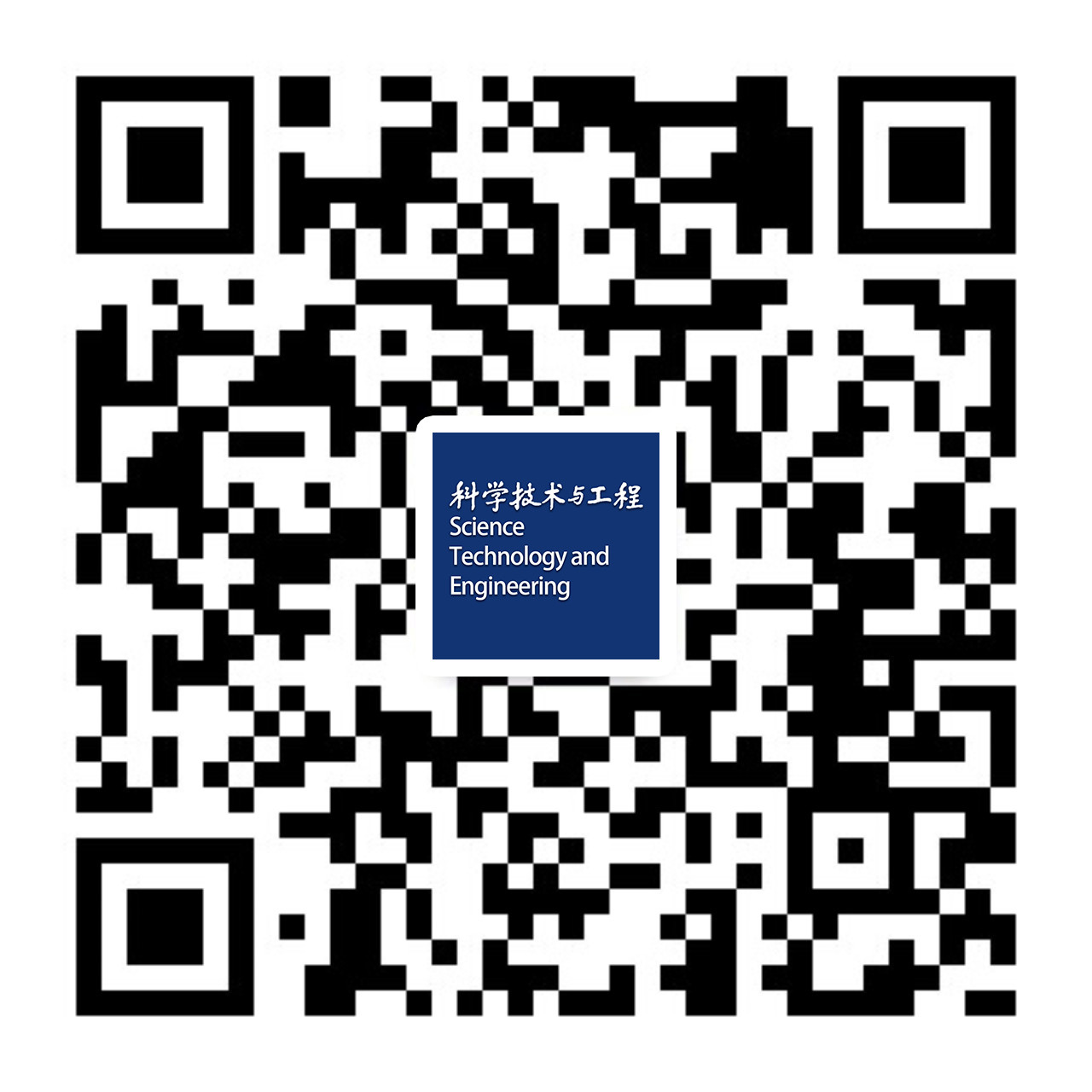人工智能的三种效应:理论分析
CSTR:
作者:
作者单位:
宁波财经学院
作者简介:
通讯作者:
中图分类号:
F015
基金项目:
国家社会科学基金“共享经济下回收再制造网络组织及其治理研究”(18BGL184)、浙江省哲学社会科学规划课题 “疫情冲击下区块链金融助力中小微企业的融资模式及其保障机制研究”(21NDJC168YB)、浙江省自然科学基金“回收再制造供需网组织模式及其支持系统研究”(LY20G030025)、浙江省宁波市软科学一般项目“宁波企业家创新能力提升策略研究”(2021R037)。
Three Effects of Artificial Intelligence: Theoretical Analysis
Author:
Affiliation:
Ningbo Institute of Finance and Economics
Fund Project:
引用本文
黄旭.人工智能的三种效应:理论分析[J].技术经济,2022,41(7):83-92.
复制相关视频
分享
文章指标
- 点击次数:
- 下载次数:
- HTML阅读次数:
历史
- 收稿日期:2021-11-23
- 最后修改日期:2022-07-22
- 录用日期:2022-04-07
- 在线发布日期: 2022-08-29
- 出版日期:
文章二维码

您是第 位访问者
电话:010-65055536, 18515632865 Email:jishujingji@cste.org.cn
地址:北京市海淀区学院南路86号(100081) 邮政编码:80-584
ICP:京ICP备05035734号-5
技术经济 ® 2025 版权所有
技术支持:北京勤云科技发展有限公司
电话:010-65055536, 18515632865 Email:jishujingji@cste.org.cn
地址:北京市海淀区学院南路86号(100081) 邮政编码:80-584
ICP:京ICP备05035734号-5
技术经济 ® 2025 版权所有
技术支持:北京勤云科技发展有限公司



